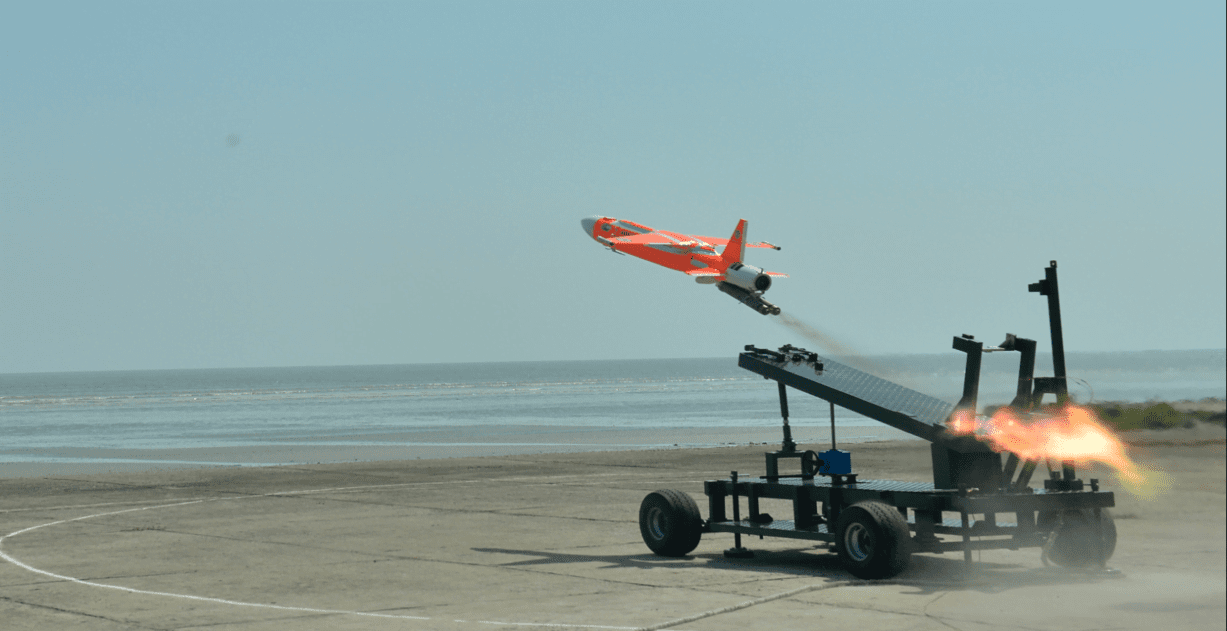India Holds Successful Mock Drills of High-Speed Expendable "ABHYAS"

On February 17, the Indian Space Research Organisation (ISRO) achieved yet another milestone with the successful launch of the meteorological satellite INSAT-3DS. This launch took place at the SDSC-SHAR in Sriharikota, marking ISRO’s second success this year. The GSLV-F14/INSAT-3DS mission was responsible for enhancing weather forecasting capabilities.
The GSLV-F14, which was the 16th flight of India’s Geosynchronous Satellite Launch Vehicle (GSLV), took off from the second launch pad. This particular launch was significant as it marked the seventh operational flight of a GSLV with an indigenous cryogenic state. Standing tall at 51.7 meters and weighing 420 tonnes, the rocket successfully placed the INSAT-3DS satellite, weighing 2,274 kg, into a Geosynchronous Transfer Orbit. The entire mission lasted 1123.06 seconds, reaching an altitude of 253.53 km.
Following the launch, S Somanath, Chairman of ISRO, expressed his delight, stating, “I am very happy to announce the successful accomplishment of the mission GSLV-F14/INSAT-3DS. The spacecraft has been injected into a very good orbit, meeting our expectations. The vehicle has performed exceptionally well. INSAT-3DS is the next generation weather satellite, surpassing the capabilities of its predecessors, INSAT 3D and INSAT 3DR, currently in orbit.”
INSAT-3DS will greatly enhance the observation of various atmospheric parameters and provide valuable weather-related information. This mission has been fully funded by the Ministry of Earth Sciences, as confirmed by ISRO. With the deployment of the INSAT-3DS meteorological satellite into the Geosynchronous Transfer Orbit (GTO), subsequent orbit-raising manoeuvres will ensure its positioning in a geo-stationary orbit.


